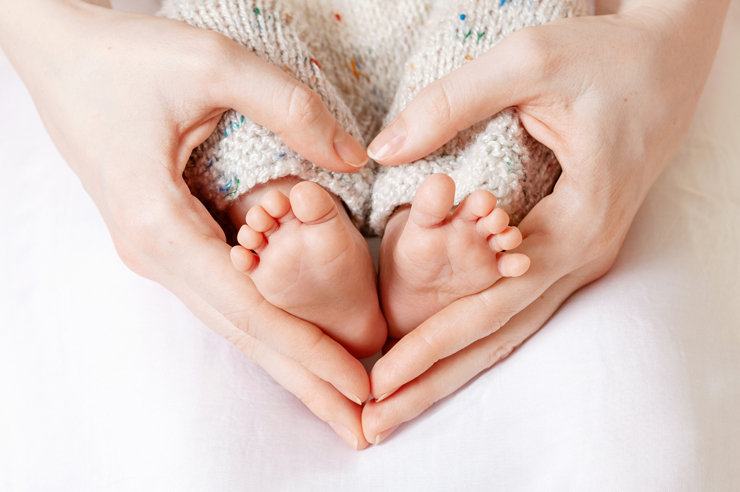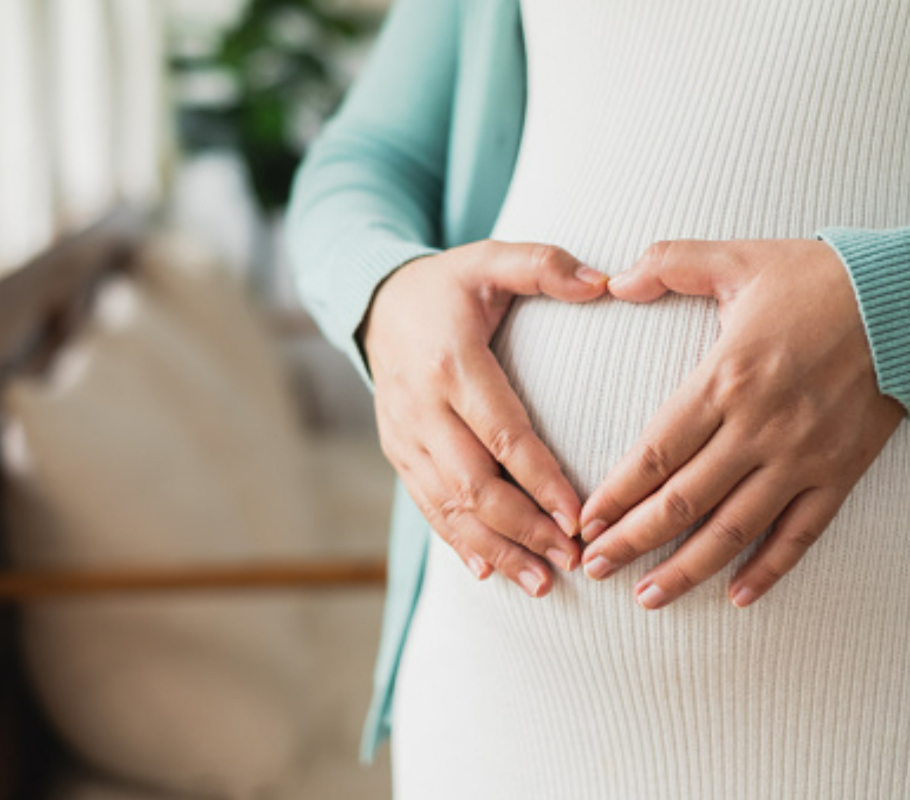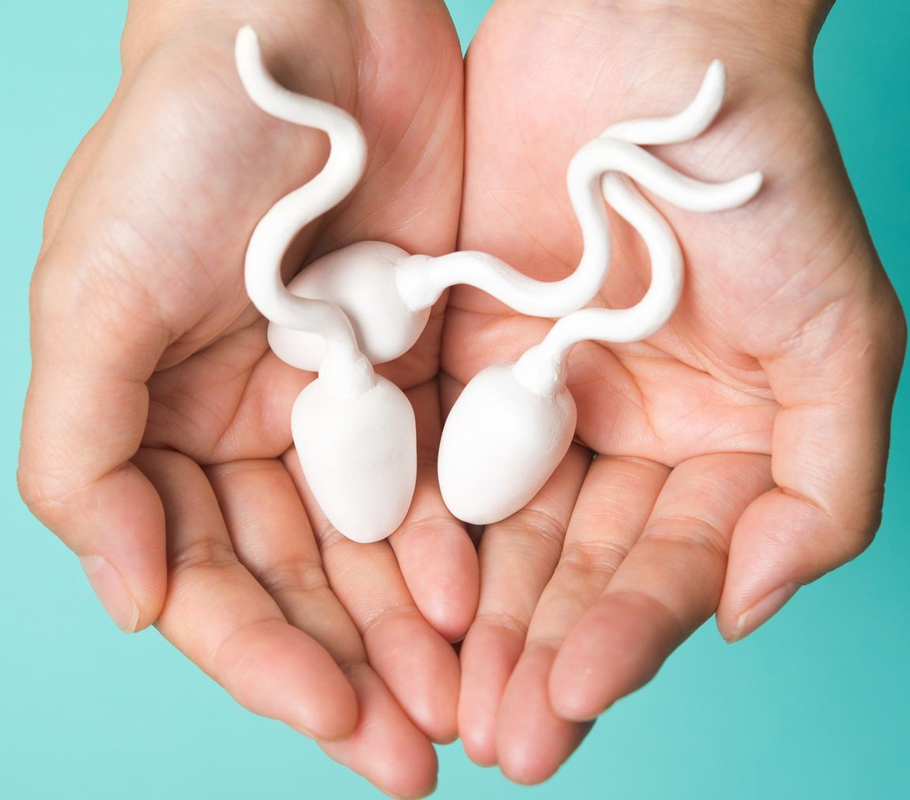Intrauterine Insemination (IUI)
- Home
- Intrauterine Insemination (IUI)


Intrauterine Insemination (IUI)
The assisted reproductive technology (ART) method known as intrauterine insemination, or IUI, is designed to help infertile couples become pregnant. The procedure entails directly injecting the female partner’s uterus with sperm from the husband or a donor. IUI is also referred to as artificial insemination.
Who is recommended for IUI?
Sexual disorders
When a male partner has been diagnosed with an infertility-related condition—such as erectile dysfunction, low sperm count, or irregularities in sperm shape and mobility—IUI is seen to be the best line of action for these couples. A doctor uses the IUI technique to help a lady become pregnant by directly injecting a man's sperm into her uterus. IUI aims to increase the probability of becoming pregnant by treating some of the causes of infertility and injecting sperm into mature eggs during ovulation.
Ovulation Disorders
IUI is a viable option for women who struggle with ovulation abnormalities and infertility that doesn't make sense. Initially, ovarian stimulation medicines are administered to a patient in an effort to boost and enhance the fertility of the woman, something that may not be possible without medication.




Inhospitable cervical conditions
In-vitro fertilization (IUI) is a method of treating reproductive health concerns resulting from abnormalities or cervical stenosis by directly inserting sperm into the uterus. A bigger cervix may make it more difficult for sperm to access the egg, which could lead to decreased odds of conception. In order to increase the volume of sperm available to meet the waiting egg, IUI works by directly putting sperm into the uterus, avoiding the cervix. Before pursuing alternative fertility treatments, you might give IUI another go if you are still unable to conceive.
Grade I endometriosis with patent tubes
IUI uses direct sperm injections into the uterus to treat reproductive health problems caused by anomalies or cervical stenosis. A thicker cervix may reduce the chance of fertilization since it may be more difficult for sperm to reach the egg. Intrauterine insemination (IUI), which injects sperm directly into the uterus rather than via the cervix, increases the amount of sperm accessible to fertilize the waiting egg. If, after trying IUI once more, you are still unable to conceive, you can attempt other fertility therapies first.




Age of the female partner
When a patient is prescribed IUI treatment, age is a crucial consideration. Since fertility drugs are used to increase egg production prior to treatment, in vitro stimulation (IUI) is considered by specialists in fertility to be the primary treatment for age-related infertility. On the other hand, being older could have a detrimental influence on IUI's efficacy. Studies reveal that the success rate of IUI is lower in people over 40. It makes reasonable that as a woman ages, she will naturally produce fewer eggs.
Male factor subfertility such as low sperm count and motility
If there is male subfertility, IUI treatment could be helpful in cases of infertility. IUI has been found to be a successful treatment for male infertility, with a high success rate. Erectile dysfunction, low sex drive, and retrograde ejaculation are among the most prevalent male infertility problems. By directly implanting the sperm into the woman's uterus, IUI simplifies the entire procedure. IUI gives the sperm an edge in terms of gaining access to the egg for fertilization because it avoids the cervix and vagina.


Prior to the actual ‘IUI procedure,’ intrauterine insemination is divided into a number of steps. These steps are as follows:
IUI Process
01
Counseling and Treatment
For a couple, IUI treatment may be emotionally and physically taxing. When a couple visits Crysta Counselors, they learn more about the therapeutic process.
02
Stimulation and Monitoring
The female spouse receives medicine on the next day of the menstrual cycle to encourage the growth of ovarian follicles. Stimulation is continued through day six, or until the physician determines it is no longer required.
03
The Ovulation Cycle Is Being Monitored
From day 9 through day 12 or 13, stimulation causes the production of follicles, which must be monitored for growth and size. The professional determines the scan interval based on the requirements.
04
Trigger for ovulation
Day 12: An hCG injection is administered to the female partner to trigger ovulation after the follicles reach the appropriate size. Within 36 hours after the trigger being activated, ovulation takes place.
05
IUI
A scan is performed on day 13 to determine if ovulation has occurred. If ovulation has taken place, the IUI is planned for the same day or the fourteenth.
IUI Success Rate
An IUI procedure’s success is determined by a number of factors, including the age of the couples, the type of fertility problem, and any pre-existing medical disorders. IUI, on the other hand, has a success rate of roughly 10-20% in most circumstances, and even with some pre-existing issues, it can achieve an 8-16% success rate with optimal fertility treatment.
- Moderate to severe endometriosis
- Poor sperm count and motility
- Severe damage to fallopian tubes
IUI may not be successful in such instances, and the couple is advised to pursue IVF treatment for the best results.
IUI is a reasonably safe technique with few hazards, which are listed below:
Risks associated with IUI
Infection
An infection can occur during the IUI process, however it is rare. It is possible that vaginal germs will enter the uterus during catheter-assisted sperm insemination. These infections do, however, represent a very small percentage of cases—roughly 0.3 percent. Appropriate sterilization lowers the infection rate at the IVF facility.
Blood Spotting
During the IUI technique, a tiny amount of vaginal bleeding may occur as a result of the catheter being inserted into the uterus. It happens when the insertion of the catheter causes inflammation in the cervical and vaginal tissues of the uterus. However, this has no appreciable detrimental effect on the likelihood of conception.
Multiple Pregnancy
Multiple pregnancies are not a risk of the IUI technique itself. However, when used in conjunction with ovulation induction medication, there is a substantial risk of multiple pregnancies. Ovulation induction can sometimes result in the release of two or more mature eggs, which can lead to multiple pregnancies.
Ovarian Hyperstimulation Syndrome
Sometimes, using fertility medication before an IUI procedure might lead to the ovaries becoming overstimulated. In such cases, a large number of ova (eggs) are stimulated to mature and are ejected simultaneously. Common adverse effects of hyperstimulation include fluid accumulation in the belly, discomfort, and ovarian expansion.
Enquiry Now


